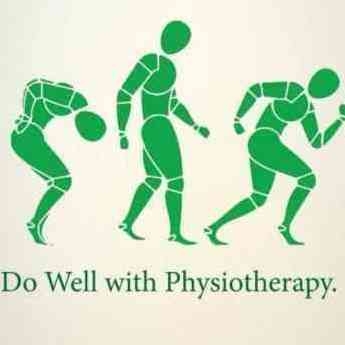+918042754929

This is your website preview.
Currently it only shows your basic business info. Start adding relevant business details such as description, images and products or services to gain your customers attention by using Boost 360 android app / iOS App / web portal.
Non specific lower back pain. 90% of lower bac...
Non specific lower back pain. 90% of lower back pain is non-specific. Why is that? As we know, there is a poor relationship between structural pathologies and pain. 60% of people at the age of 80 have a degenerative disc but asymptomatic. Does that mean we have to completely ignore the structural pathology? This is a tricky question. Most of structures are well innervated in the back. Anything can be a pain source. This is my thought and also supported by a few researchers. With age, we get degeneration no matter what happens. The disc becomes thinner. I dont think there is high risk of lower back pain from this degenerated disc. But facet joints. They are not designed to weight bear. They only can weight bear about 16% but prevent excessive spinal rotation. Once they are jammed from the thinner disc, the joint capsules of the facet joints become irritated. In addition to that, our work environment has been more likely to be sedentary. The joint capsules and annulus fibrosus are meant to be stretchable but when they are injured and scarred, their flexibility reduces for sure. This results in lack of ROM of Lx. What happens afterwards? All tight soft tissues in the lower back, leading to stiff spinal segments. On top of that, superficial trunk muscles become overactive, adding more pressure onto the inflamed facet joints. Yes this vicious cycle can aggrevate your pain. Manual therapy-wise, important to assess facet joint mobility. Rehab-wise, motor train deep trunk muscles and move as much as possible. Why? Deep trunk muscles stabilise the spinal segments and displace them with great joint opening. Exercise? Prolonged sitting and standing can shorten all the posterior back structures including ligamentum flavum, posterior longitudinal ligament and facet joints and so on. They are meant to stretch and help us flex with good control. Lx flexion type exercise is as good as Lx ext ex, in order to maintain the flexibility of those structures. For instance, Chronic compression neuropathy doesnt show any inflammation in the spinal joints so it is hard to reproduce the symptoms during physical Ax. They are usually reproduced from prolonged standing and walking. It gradually increases pressure onto nerve roots. So hard to find the root of the problem in clinic. However, In this case, facet joint palpation skills can be useful. You may be able to find the stiffest spinal levels. First mobilise them to see if you can reproduce the same complaint symptoms. If not, use a cluster of reliable tests while applying PA or transverse mobs to see if you can improve those tests' outcomes in terms of ROM, SLR, Slump, strength... so on.

